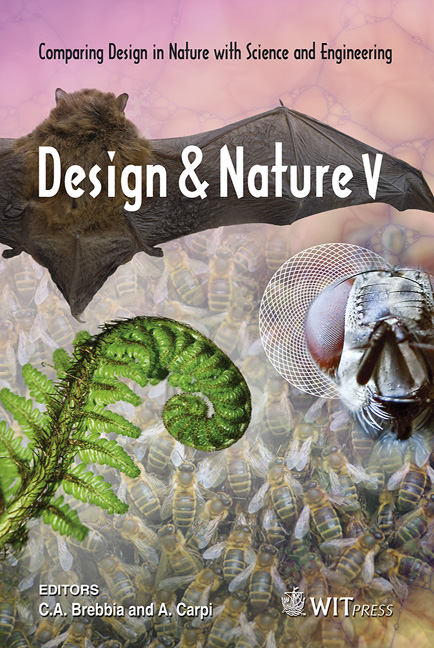Skin In Architecture: Towards Bioinspired Facades
Price
Free (open access)
Transaction
Volume
138
Pages
11
Page Range
503 - 513
Published
2010
Size
4,996 kb
Paper DOI
10.2495/DN100451
Copyright
WIT Press
Author(s)
P. Gruber & S. Gosztonyi
Abstract
In recent design programs and studies at the TU (Vienna University of Technology) the biological paradigm has been successfully introduced in architectural design. The focus of this paper is on the common analogy between biological skins and technical facades that was investigated in students’ projects at the TU and is now developed further in the study BioSkin led by the AIT (Austrian Institute of Technology). The facade of a building is responsible for energy and information exchange with the environment and defines the architectural character. The interpretation of facades in analogy to skins and bodyshells of organisms delivers a catalogue of functions that is only partly fulfilled by conventional facade technologies and allows for innovative, visionary concepts. Organisms have developed a wide range of strategies to cope with a changing external and internal environment: skins and body shells play an important role as separating and connecting structures required to protect, confine and contain processes of life from a chaotic environment. A summary of existing projects and studies leading towards a biomimetic building facade is the base for further research aiming at energy efficiency and sustainability. Several design studies are presented that transfer aspects of natural skins to facade systems and materials, together with an introduction to research
Keywords
architecture, biomimetics, facade technology, energy efficiency





